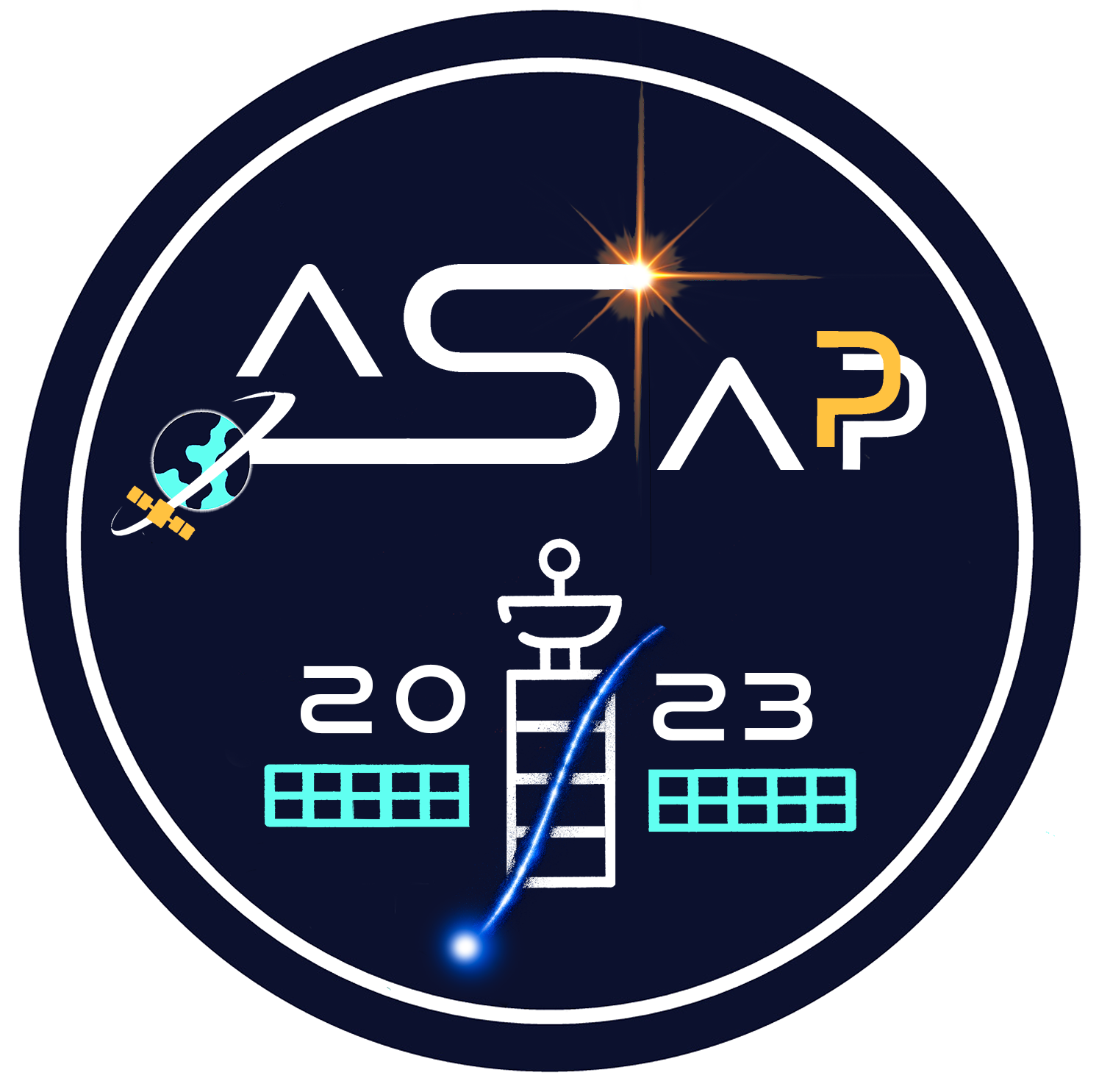Speakers
Description
Two scientific payloads will be hosted onboard the NUSES space mission: Terzina and Zirè.
Terzina will be an optical telescope readout by SiPM arrays, for the detection and study of Cerenkov light emitted by Extensive Air Showers generated by high energy cosmic rays and neutrinos in the atmosphere.
Zirè will focus on the detection of protons and electrons up to few hundred MeV and to 0.1-10 MeV photons, and will include the Low Energy Module (LEM).
The LEM will be a particle spectrometer devoted to the observation of fluxes of low-energy electrons in the 0.1-7 MeV range and protons in the 3-50 MeV range along the Low Earth Orbit (LEO) followed by the hosting platform. The detection of Particle Bursts (PBs) in this Physics channel of interest could give new insight in the understanding of complex phenomena such as eventual correlations between seismic events or volcanic activity with the collective motion of particles in the plasma populating van Allen belts.
Within this picture, the Low Energy Module will be a particle spectrometer based on the consolidated experimental $\Delta E - E$ technique. With the measurement of the partial energy deposition in the thinner Silicon Detector (SD) and the total energy deposition in the thicker SD and the plastic scintillators, it will be possible to perform event-based Particle IDentification (PID).
With its compact sizes and limited acceptance, the LEM will allow the exploration of hostile environments such as the South Atlantic Anomaly (SAA) and the inner van Allen belt, in which are expected electron fluxes of the order of $10^{6-7} \text{cm}^{-2} \text{sr}^{-1} \text{s}^{-1}$. With respect to the vast literature of space-based particle spectrometers, the innovative aspect of the LEM resides in its compactness, within 10x10x10 cm3, and in its “active collimation” approach dealing with the problem of multiple scattering at these very low energies. In this work, the geometry of the detector, its detection concept, its operation modes and the hardware adopted will be presented. Some preliminary results from the MonteCarlo simulation (Geant4) will be shown.
| Eligibility for "Best presentation for young researcher" prize | Yes |
|---|
